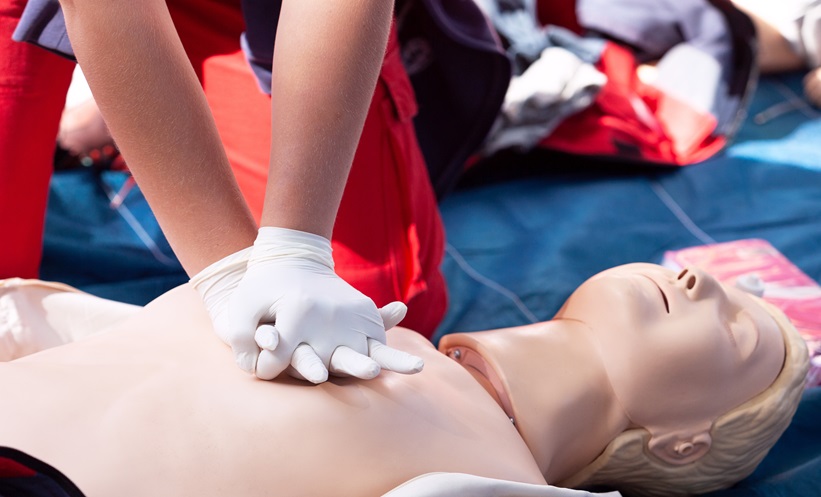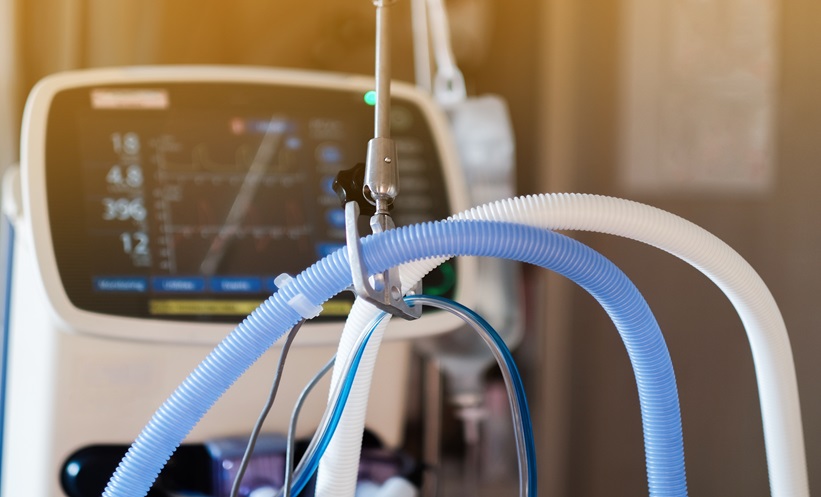Abstract
Postoperative respiratory failure (RF) is a common problem following all types of major surgery, and which has significant implications for morbidity, mortality, and cost to healthcare systems. Although postoperative RF is usually multifactorial in origin, the development of atelectasis perioperatively is a significant contributory factor. A number of different techniques and devices that apply positive pressure to patients’ airways, in an attempt to prevent development of atelectasis and RF following surgery, have been studied in this patient group. Non-invasive ventilation (NIV) is considered the gold standard management for prevention and treatment of postoperative RF and is supported by the greatest body of evidence. However, the delivery of NIV requires provision of a critical care bed, has significant economic implications, and is associated with patient compliance issues. Other techniques, such as high-flow oxygen delivered by high-flow nasal cannulae (HFNC), show some promise and are supported by evidence for benefit in related areas, but currently lack supportive evidence in postoperative patients. Positive pressure physiotherapy techniques, such as positive expiratory pressure therapy, offer an inexpensive and accessible alternative to patients, but also currently lack supporting evidence of benefit with regard to clinical endpoints. Future research in the challenging area of postoperative RF should address the potential alternatives to NIV, including the precise role of HFNC, therapies that may be utilised outside of critical care areas, and combinations of existing therapies.







